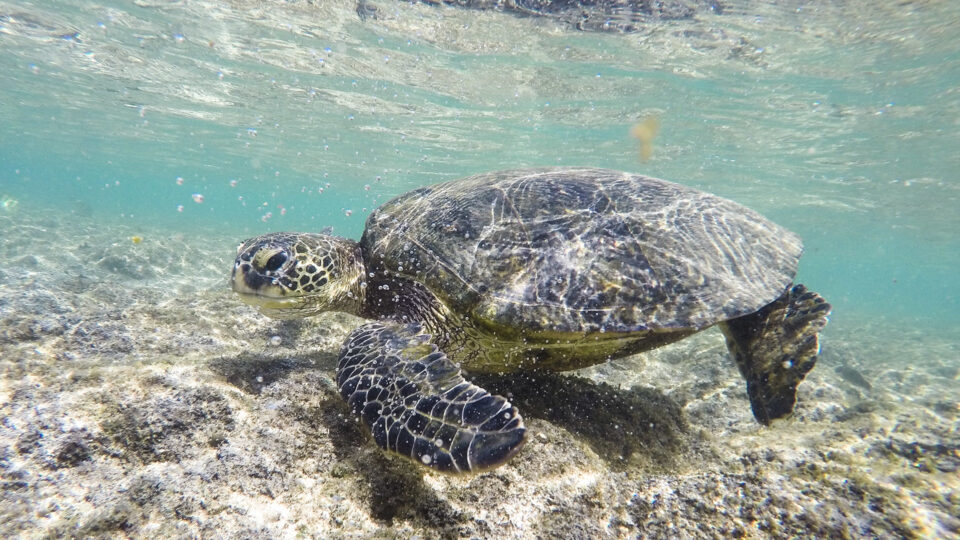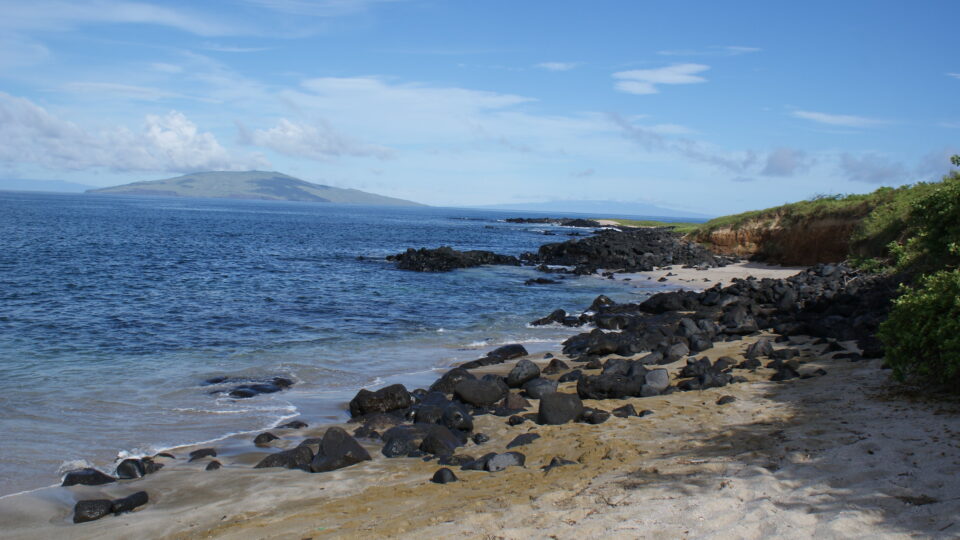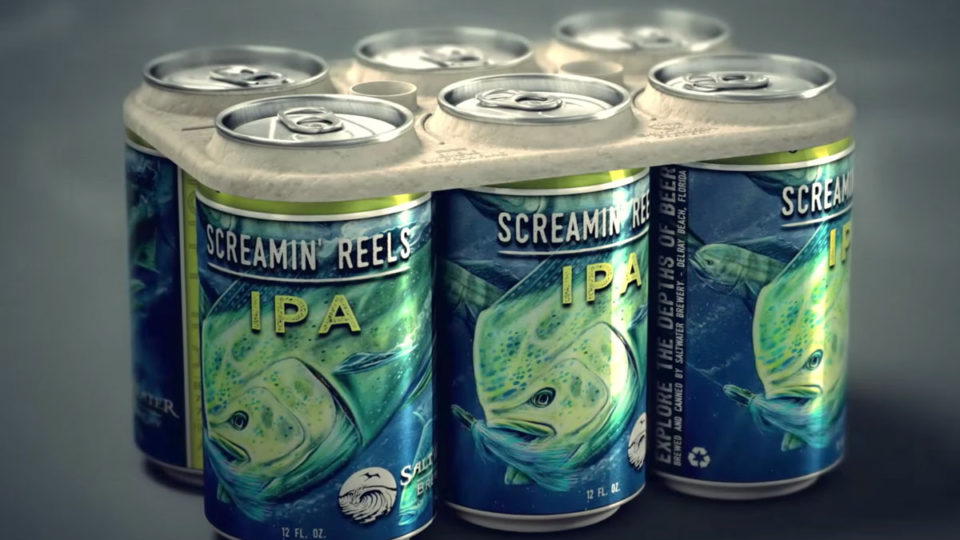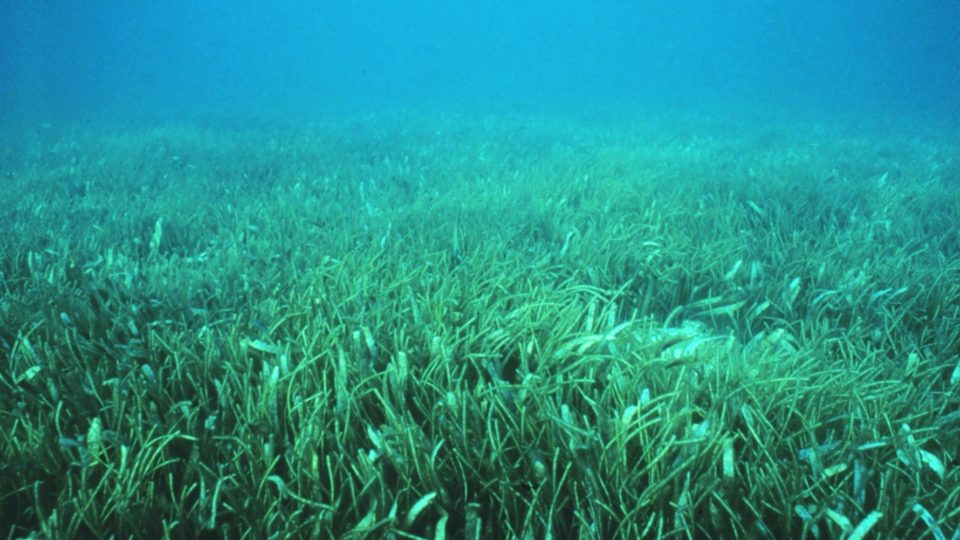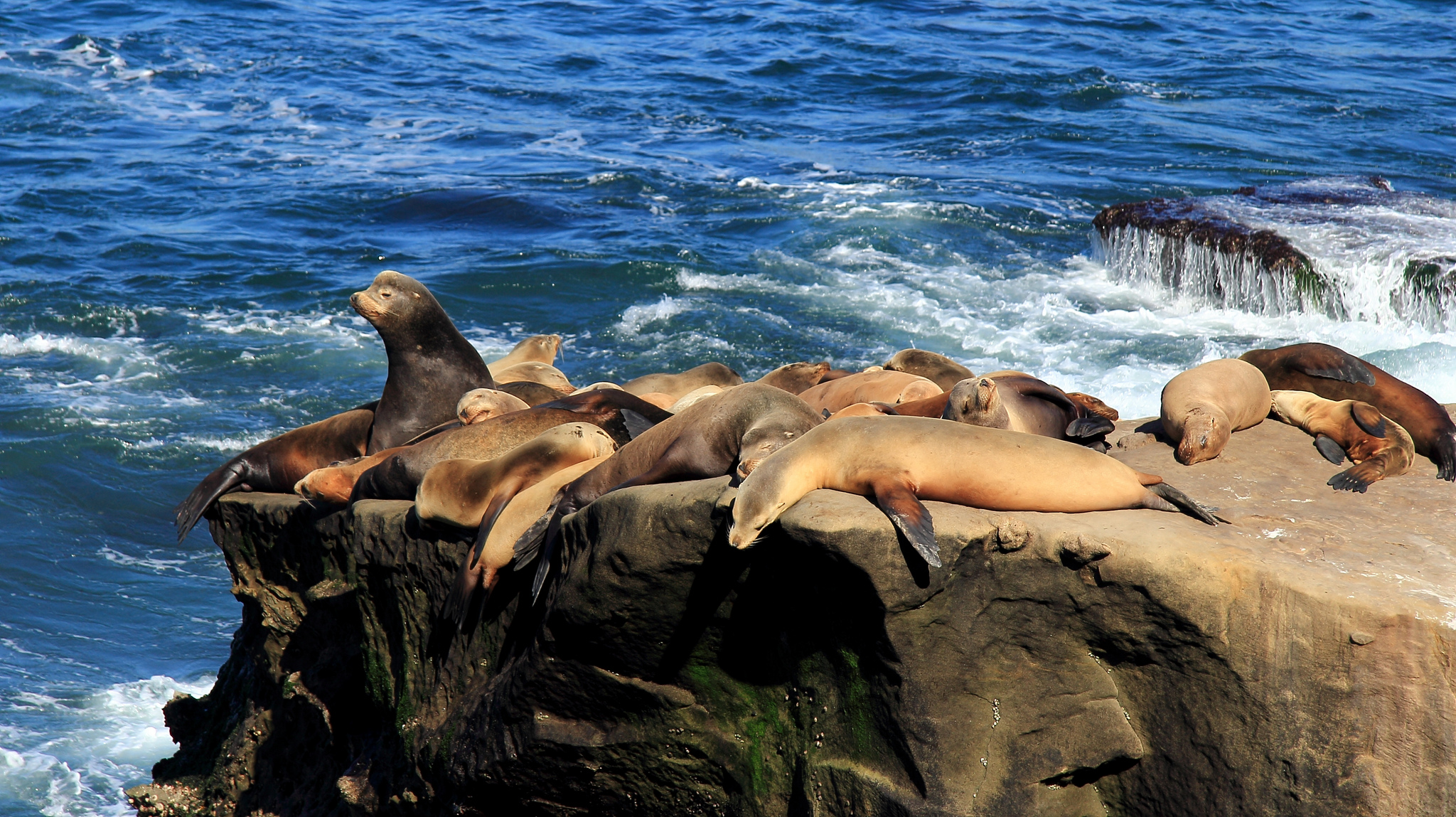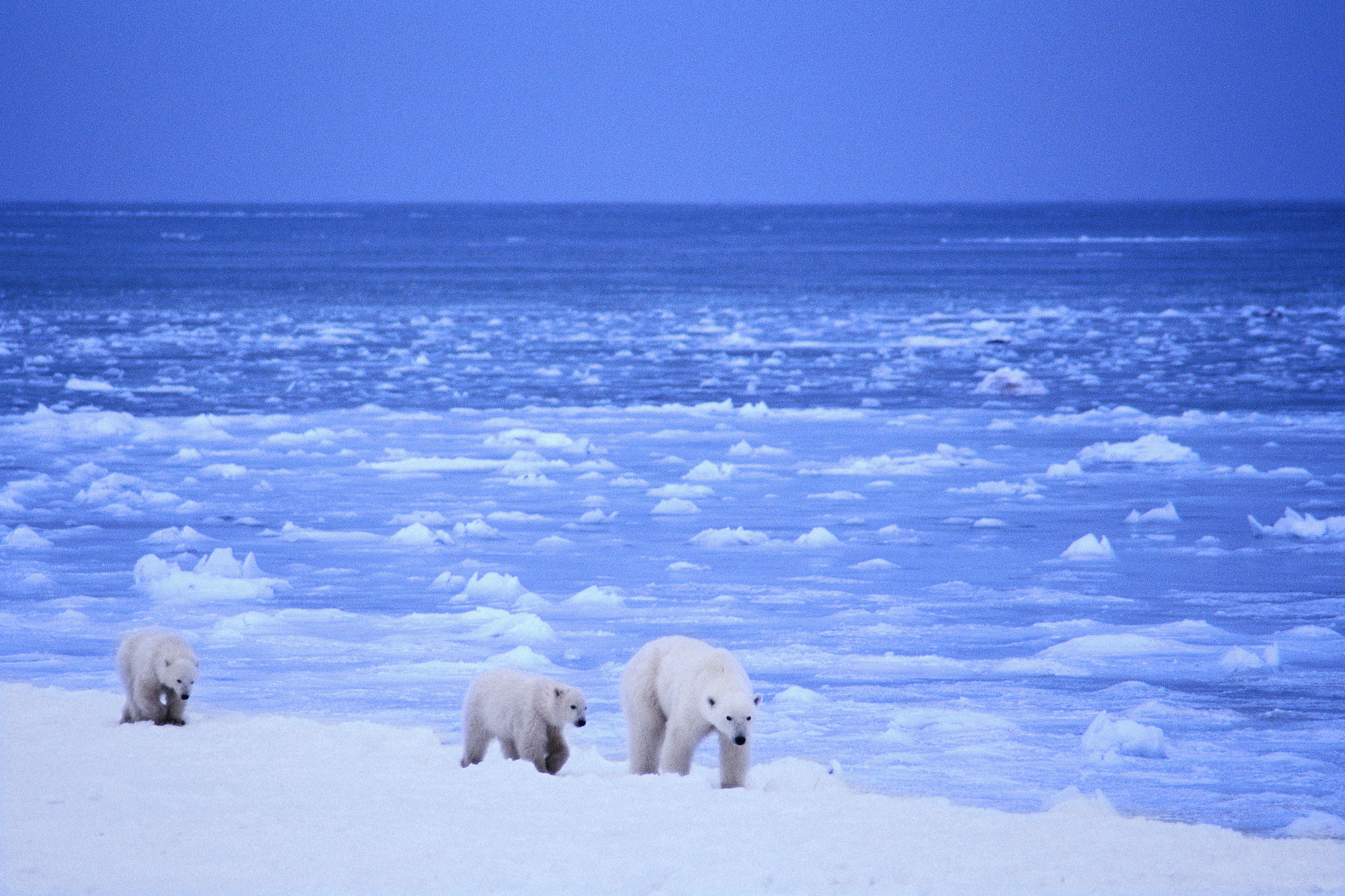Plastic waste has been accumulating in the world’s oceans in greater and greater quantities and much of it is in the form of microplastic particles. Many kinds of whales – the largest creatures on Earth – feed by gulping up mouthfuls of krill and other tiny creatures and then straining the seawater through bristly filter structures called baleens. As they do this, they are likely to be swallowing large amounts of plastic.
Scientists at Stanford University recently estimated just how much plastic whales are ingesting by tracking the foraging behavior of 65 humpback whales, 29 fin whales, and 126 blue whales in the Pacific Ocean. Each of the whales was tagged with a camera, microphone, and GPS device suction-cupped to their back.
After accounting for the concentration of microplastics in parts of the Pacific Ocean, the researchers were able to estimate the amount of plastic the whales were consuming. Humpback whales likely consume 4 million microplastic pieces each day, adding up to about 38 pounds of plastic waste. Fin whales swallow an estimated 6 million pieces each – amounting to 57 pounds of plastic. Blue whales, which are the largest creatures on Earth, eat an estimated 10 million microplastic pieces, or as much as 95 pounds of plastic waste each day.
Despite their enormous size, whales actually eat rather low on the food chain, which puts them close to where the plastic is in the water. Krill eats plastic and whales eat the krill. Many marine animals are at risk of eating microplastics, but whales are unique in that they can consume so much of it. It is just one more way in which the ocean plastic situation is a global crisis.
**********
Web Links
Blue Whales Swallowing 95 Pounds of Plastic Daily, Scientists Estimate
Photo, posted October 21, 2005, courtesy of Tobias Begemann via Flickr.
Earth Wise is a production of WAMC Northeast Public Radio

